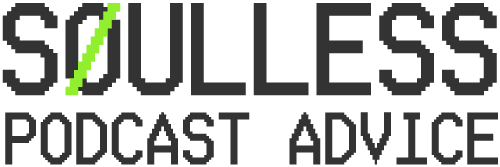TAM, SAM, and SOM are acronyms that stand for Total Addressable Market, Serviceable Addressable Market, and Serviceable Obtainable Market, respectively.
These three concepts are often used to understand the potential size and reach of a business or product, and they can be particularly useful for marketing and growing a podcast.
Total Addressable Market (TAM)
Total Addressable Market (TAM) refers to the total potential demand for a product or service in a given market.
For a podcast, calculating the TAM would involve estimating the total number of people who might potentially be interested in listening to the podcast. This could include people of a certain age group, geographical location, or with particular interests or hobbies.
For example, if a podcast is focused on outdoor adventure and outdoor gear, the TAM might be all the people in the world who enjoy outdoor activities and are interested in purchasing outdoor gear.
This would include a wide range of people, from serious hikers and climbers to casual campers and beachgoers.
Serviceable Addressable Market (SAM)
Serviceable Addressable Market (SAM) is a subset of the TAM and refers to the portion of the market that a business is realistically able to serve.
For a podcast, calculating the SAM might involve determining the number of people who are actually able to access and listen to the podcast. This could include people who have a device that is compatible with the podcast format, as well as people who have internet access and are able to download the podcast.
For example, if a podcast is only available on Apple Podcasts, the SAM would be limited to people who use Apple devices or have access to a computer with Apple Podcasts installed. Similarly, if the podcast is only available in English, the SAM would be limited to people who speak and understand English.
Serviceable Obtainable Market (SOM)
Serviceable Obtainable Market (SOM) is the portion of the SAM that a business is able to reach and convert into customers or listeners.
For a podcast, calculating the SOM might involve estimating the number of people who could conceivably be made aware of the podcast and choose to listen to it.
To increase the SOM for a podcast, a creator might use a variety of strategies, such as advertising on social media or other podcasts, reaching out to influencers or bloggers in the podcast’s niche, or using search engine optimization to make the podcast more discoverable online.
For example, a podcast about outdoor adventure and gear might advertise on Instagram or Facebook to reach people who are interested in outdoor activities and might be interested in the podcast.
They might also reach out to popular outdoor bloggers or influencers and ask them to mention the podcast on their social media accounts or in their blog posts.
Finally, they might optimize their podcast’s website and show notes for search engines, so that people searching for information about outdoor gear or activities are more likely to find the podcast.
In summary, TAM, SAM, and SOM are important concepts for marketing and growing a podcast.
The TAM represents the total potential demand for a podcast similar to yours, the SAM represents the portion of the market that is able to access the podcast, and the SOM represents the portion of the market that you can realistically make aware of and interested in the podcast.
By understanding these concepts and using strategies to increase the SOM, creators and marketers can effectively judge the growth potential of a given show and craft their marketing strategy accordingly.
